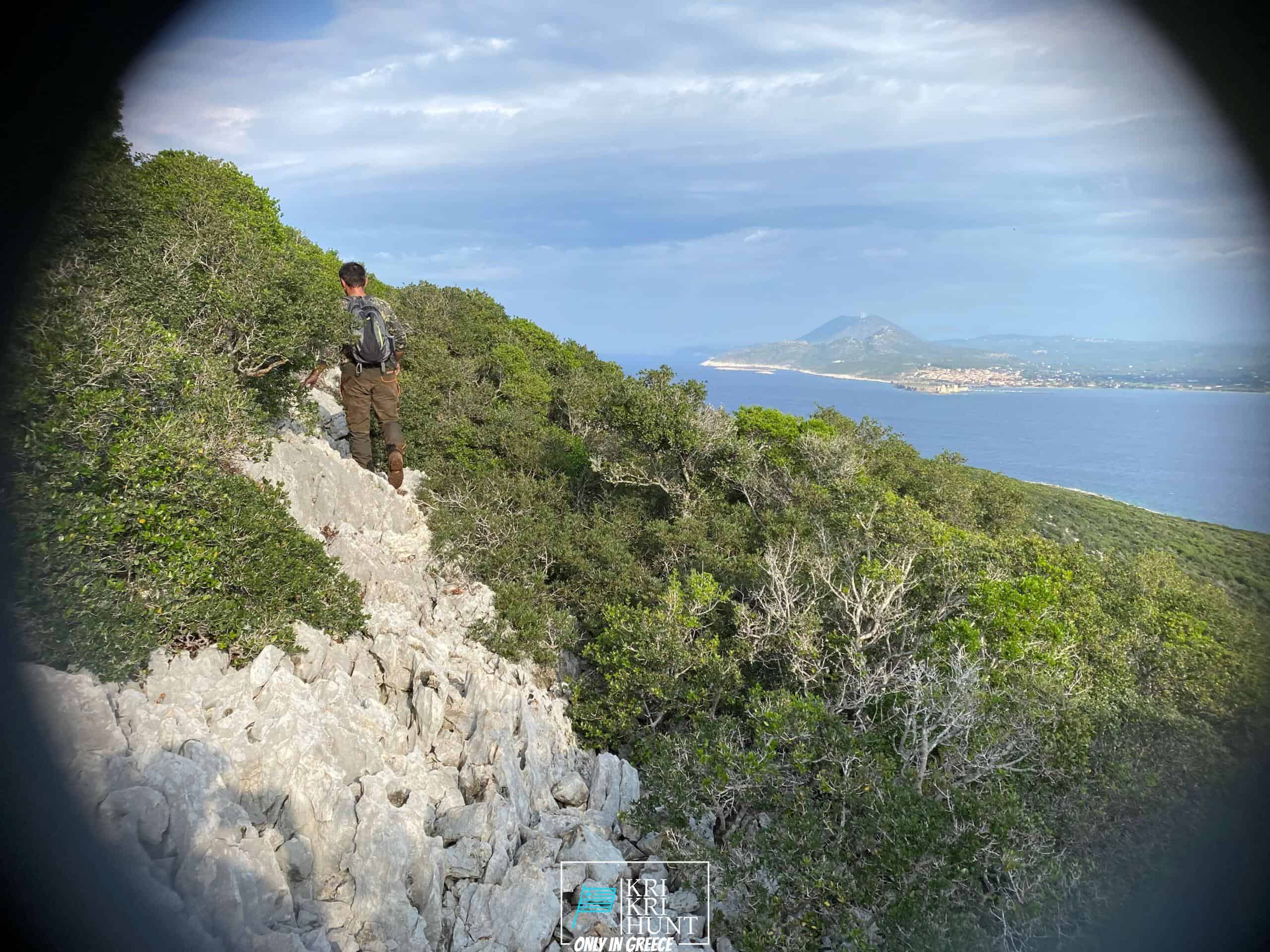
The Kri Kri ibex hunt in Greece is an amazing hunting trip and an interesting searching exploration all rolled into one. Searching for Kri Kri ibex is a miserable experience for most of seekers, yet not for me! It's an incredible hunt for a stunning Kri Kri ibex on an unique island as we visit old Greece, dive to shipwrecks, and hunt during 5 days. What else would certainly you like?

Hunting Kri-kri Ibex on Sapientza island can be a challenging and tough job. The surface is tough, with sharp, jagged rocks that can easily leave you shoeless after only 2 journeys. Furthermore, firing a shotgun without optics can be quite difficult. Nonetheless, the hunt is absolutely worth it for the possibility to harvest one of these impressive creatures.
To lots of people, The Peloponnese peninsula on the Greek Mainland is the 'actual' Greece, where points have actually not transformed much in all over the centuries although that lots of people have actually uncovered it. This is a location where you can conveniently spend a month or even more however if you are short in a timely manner after that our searching as well as exploring Peloponnese Tours from Methoni is a wonderful solution. This covers a big quantity of ground to some of Europe's many remarkable sites in just 5 days. You truly won't believe what you see! Whilst the Peloponnese is house to several of the most effective coastlines in Greece there are many things to see and do that it is really a year-round destination. Whilst Summer is the excellent time to invest at the falls as well as coastlines, Spring as well as Autumn are outstanding for treking and also checking out Ancient Ruins, Caves and Archeological websites. Also winter season is enticing as most of the communities and towns receive some snow, especially in the hills, as well as the stone design and also wineries provide themselves to cosy minutes by an open fire. The casseroles and traditional winter months food is scrumptious and passionate. Regardless of what season you pick you will certainly locate the groups extremely manageable as well as in many areas, non-existent.
Experience 'Real' Greece with Our Peloponnese Tours. Look no even more than our Peloponnese excursions if you're looking for a genuine Greek experience. From old ruins and also castles to delicious food and a glass of wine, we'll show you everything that this amazing region has to provide. What are you waiting for? Reserve your journey today! Your Kri Kri ibex hunting in Greece is here!
What is the diference between Kri Kri ibex, Bezoar ibex and hybrid ibex
The kri-kri is not thought to be indigenous to Crete, most likely having been imported to the island during the time of the Minoan civilization. Nevertheless, it is found nowhere else and is therefore endemic to Crete. It was common throughout the Aegean but the peaks of the 8,000 ft (2,400 m) White Mountains of Western Crete are their last strongholds–particularly a series of almost vertical 3,000 ft (900 m) cliffs called ‘the Untrodden’—at the head of the Samaria Gorge. This mountain range, which hosts another 14 endemic animal species, is protected as a UNESCO Biosphere Reserve. In total, their range extends to the White Mountains, the Samaria National Forest and the islets of Dia, Thodorou, and Agii Pandes.
This Ibex is NOT a diminutive form of the Bezoar Ibex, which has migrated into the western-most reach of the range of this species. The kri – kri (Capra aegagrus cretica), sometimes called the Cretan goat, Agrimi, or Cretan Ibex, is a feral goat inhabiting the Eastern Mediterranean, previously considered a subspecies of wild goat. The kri-kri has a light brownish coat with a darker band around its neck. It has two horns that sweep back from the head. In the wild they are shy and avoid tourists, resting during the day. The animal can leap some distance or climb seemingly sheer cliffs.
“The agrimi goat Capra aegagrus cretica is unique to Crete and its offshore islands. It has been identi®ed as a sub-species of the wild bezoar goat Capra aegagrus aegagrus Erxleben, 1777, which it closely resembles in horn shape, body form and coloration. This classi®cation has been disputed by some researchers who claim that the agrimi are feral goats, derived from early domestic stock brought to the island by the ®rst Neolithic settlers. In order to clarify this issue, DNA analyses (cytochrome b and D loop sequences) were carried out on tissue of live and skeletonized agrimi and compared to sequences of wild and domestic caprines. Results conclusively show the agrimi to be a feral animal, that clades with domestic goats (Capra hircus) rather than with wild Asiatic bezoar. This study demonstrates that morphometric criteria do not necessarily re¯ect genetic af®nities, and that the taxonomic classi®cation of agrimi should be revised.”